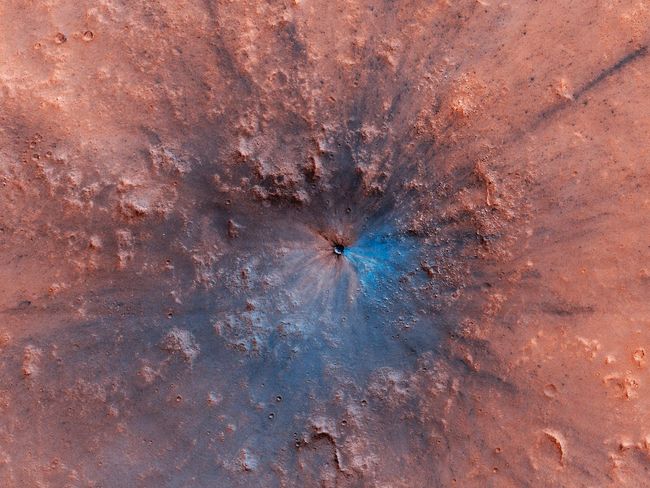Bubblecar said:
Interesting that the crater is only three times the estimated size of the impactor.
How wide a crater would a 5 metre object make on Earth, at usual impact speeds?
True story: a 5 metre meteoroid will not reach the Earth’s surface intact. There will be an airburst and small pieces will fall over a wide area. Even the Chelyabinsk object, some 20 m across, got shredded in the atmosphere.
For an impactor to reach the ground at high speed you’d need it to be at least 75 or so metres across: a rare event. The craters formed by Earth impactors are typically around 10 to 15 times the diameter of the objects that create them.
As to why this Martian one is only 3 times, I can think of 3 possible reasons. A) Even in the thin Martian atmosphere a small object such as this would be significantly slowed. B) This appears to have landed on a place with a shallow and hard bedrock (ancient basalt). C) Mars’s“gravity well” is shallower than Earth’s due to its lower mass (about 1/10 Earth’s) so, like for like, I’d expect the incoming speed of the object to be 3000 to 5000 metres per second slower than a similar object intercepted by the Earth.
